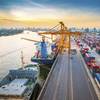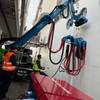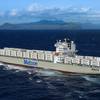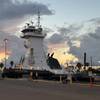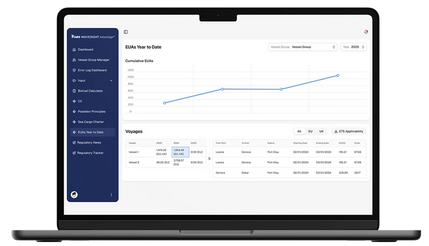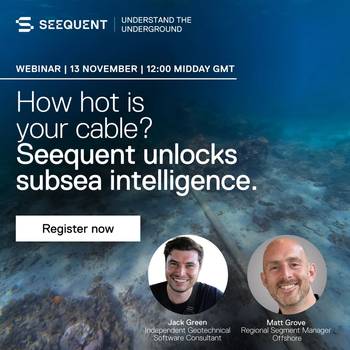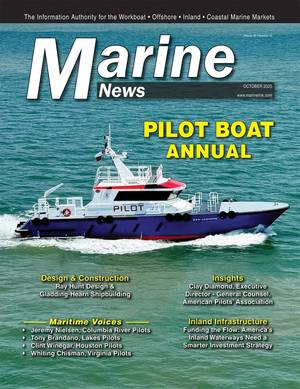Ammonia Gets Popularity Boost
Before MEPC83, Höegh Autoliners CEO Andreas Enge had decided to commit to ammonia as the company’s new fuel of choice. Speaking to reporter Charlie Bartlett in the Maritime Reporter Norway Supplement, he said: “Ammonia is more scalable and will be cheaper than methanol, full stop.”
He’s not alone in thinking that. A Global Maritime Forum study released this past week indicates that under the parameters principally agreed within the IMO Net Zero Framework at MEPC83, ammonia dual-fueled ships have a clear competitive advantage from the mid-2030s.
The analysis shows ammonia duel-fueled ships offer the broadest optionality for least cost compliance in the short-term. When considering the likely specifics of the reward mechanism, the potential for e-ammonia to be a competitive compliance pathway is even earlier, from 2028 onwards.
The total cost of ownership analysis indicates that the strategy to only own conventionally fueled tonnage is now uncompetitive in both the short-term and certainly the mid-term – as well as constraining opportunities to benefit from reward revenues.
LNG will initially hold a competitive advantage over alternative fuel choices during the early transition period, but despite any early dominance LNG may achieve in the late 2020s, its prospects become more challenging by the early 2030s. LNG's relatively high emissions intensity presents a fundamental constraint - it cannot generate sustainability units without onboard carbon capture and storage technology.
Unlike LNG, NOx emissions are a concern for ammonia, but research from Infineum presented at CIMAC 2025 indicates that fuel additives can be used to modify emissions output from a diesel-ammonia dual fuel mixture. The team are conducting further studies on potential additives, and study author Frank Simpson concludes that they could prove to be a cost-effective method of reducing NOx emissions as well as the corrosive effects of ammonia on engine parts.
Nitrous oxide (N2O) emissions have been raised as a concern for ammonia combustion, and the Clean Shipping Coalition made a submission made to MEPC83 documenting the results of published studies of tank-to-wake nitrous oxide emissions from ammonia-fueled engines. The submission notes the considerable range of results and states: “Considering that the well-to-tank upstream emissions of producing and transporting ammonia are not included in this range, high tank-to-wake nitrous oxide emissions can further diminish or even negate the potential climate benefits of switching from fossil fuels to ammonia.”
Engine manufacturers continue to address the issues. In May, Wärtsilä reported test results for its 4-stroke 25 engine system including after-treatment which, assessed against the FuelEU Maritime reference and measured on both a well-to-wake and tank-to-wake basis, show that a 95% ammonia energy share now achieves up to a 90% reduction in greenhouse gas emissions compared to equivalent diesel engines.
The Net Zero Framework agreed at MEPC83 is due to be adopted in October and to come into effect at the start of 2028. The Global Maritime Forum report concludes that while there are still unresolved elements, MEPC83 has delivered sufficient clarity for potential outcomes to be modelled and the implications to be evaluated.





